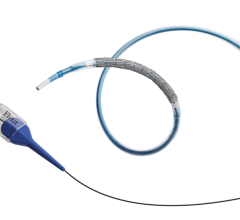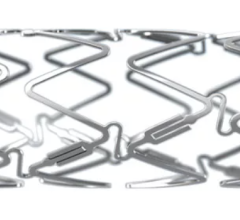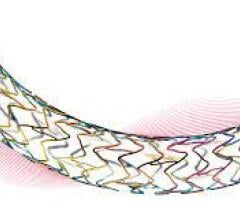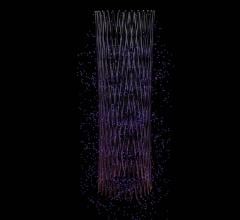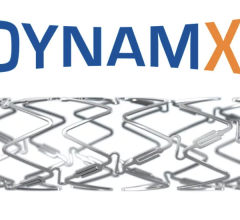May 22, 2008 - MIV Therapeutics Inc. has enrolled the first patients in the registration trial of its VESTAsync polymer-free drug-eluting stent, as the company accelerates its timeline for the VESTASYNC II trial after positive nine-month human safety and efficacy data were reported in March at the American College of Cardiology meeting.
The VESTASYNC II trial is designed to test the efficacy of the VESTAsync in a sufficient number of patients to form the basis of a regulatory filing for marketing approval in Europe. It is anticipated that these patient data will also be part of an eventual submission to the U.S. FDA.
Alexandre Abizaid, M.D., Ph.D., chief of coronary intervention of Institute Dante Pazzanese of Cardiology in Sao Paulo, Brazil, is a principal investigator in this 120-patient, multi-center, randomized, controlled study. In this study 90 patients will receive the VESTAsync nano-porous hydroxyapatite (HAp) coated drug-eluting stent, while 30 patients will receive the company’s VESTAcor stent, the company’s nano-porous HAp coated stent, which contains no drug. The primary endpoint is late lumen loss as measured by quantitative coronary angiography (QCA) at nine months. Secondary endpoints will include major adverse cardiac events and volumetric obstruction. Intravascular ultrasound (IVUS), optical coherent tomography (OCT) and physiological substudies are also expected to be performed.
“We are accelerating this registration trial due to the results obtained with the VESTAsync in our pilot study after nine-month patient follow up, and the potential to address safety issues in currently marketed drug-eluting stents using polymers to deliver drug,” commented Dr. Mark Landy, president and chief executive officer of MIV Therapeutics. “Our stent is a polymer-free, nanoscale, microporous hydroxyapatite stent that has the ability to deliver a much smaller effective dose of drug, in fact 60 percent less, with the safety of bare-metal stents, and probably requires only short-term anticoagulant therapy. Currently available drug-eluting stents require patients to take anticoagulants, such as Plavix, for as long as one year. We intend for the data obtained from this study to support an application for CE mark of the VESTAsync by the end of 2009 and are looking forward eventually to offering patients and physicians a superior alternative to currently available products,” Dr. Landy added.
For more information: www.mivtherapeutics.com


 July 02, 2024
July 02, 2024 

